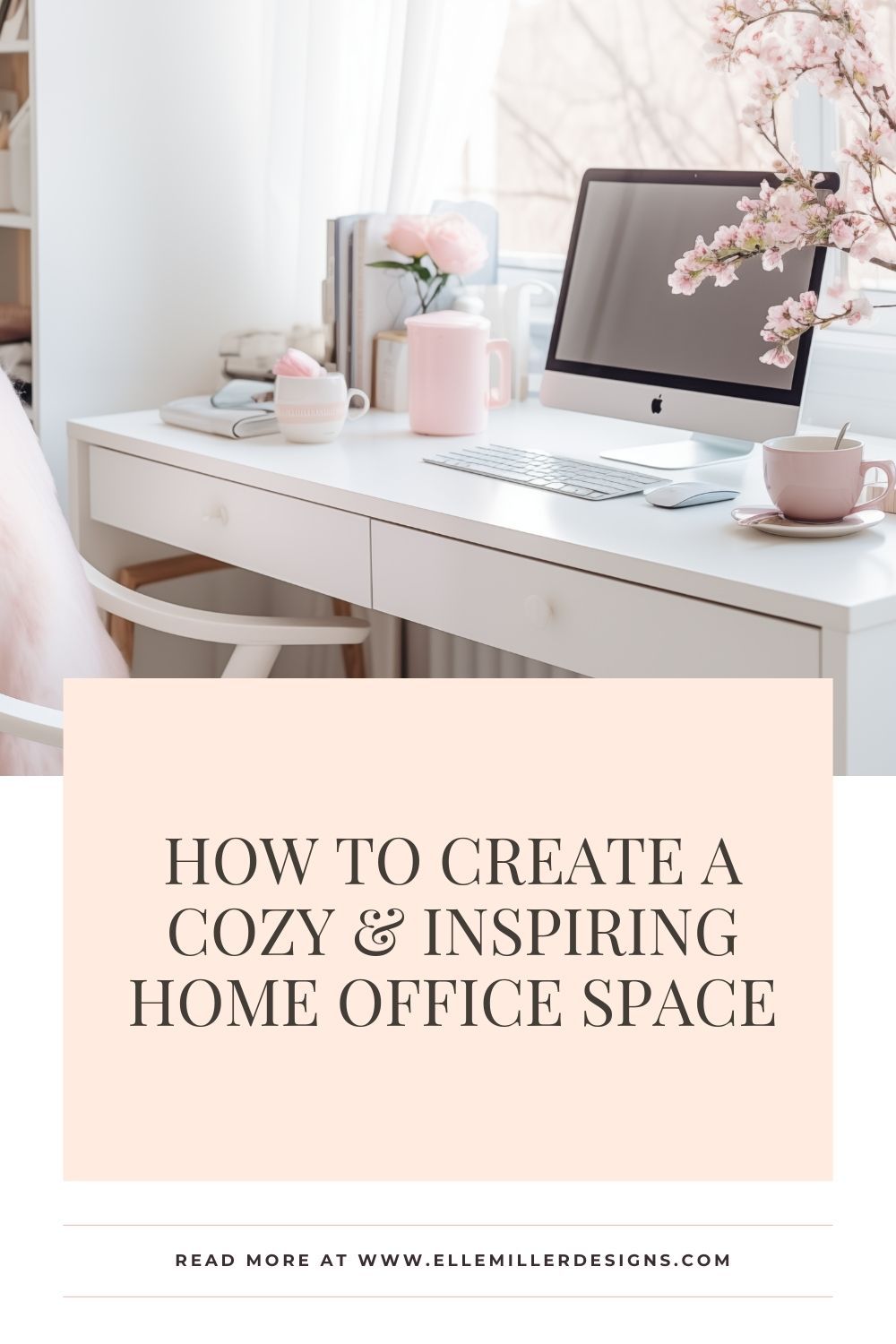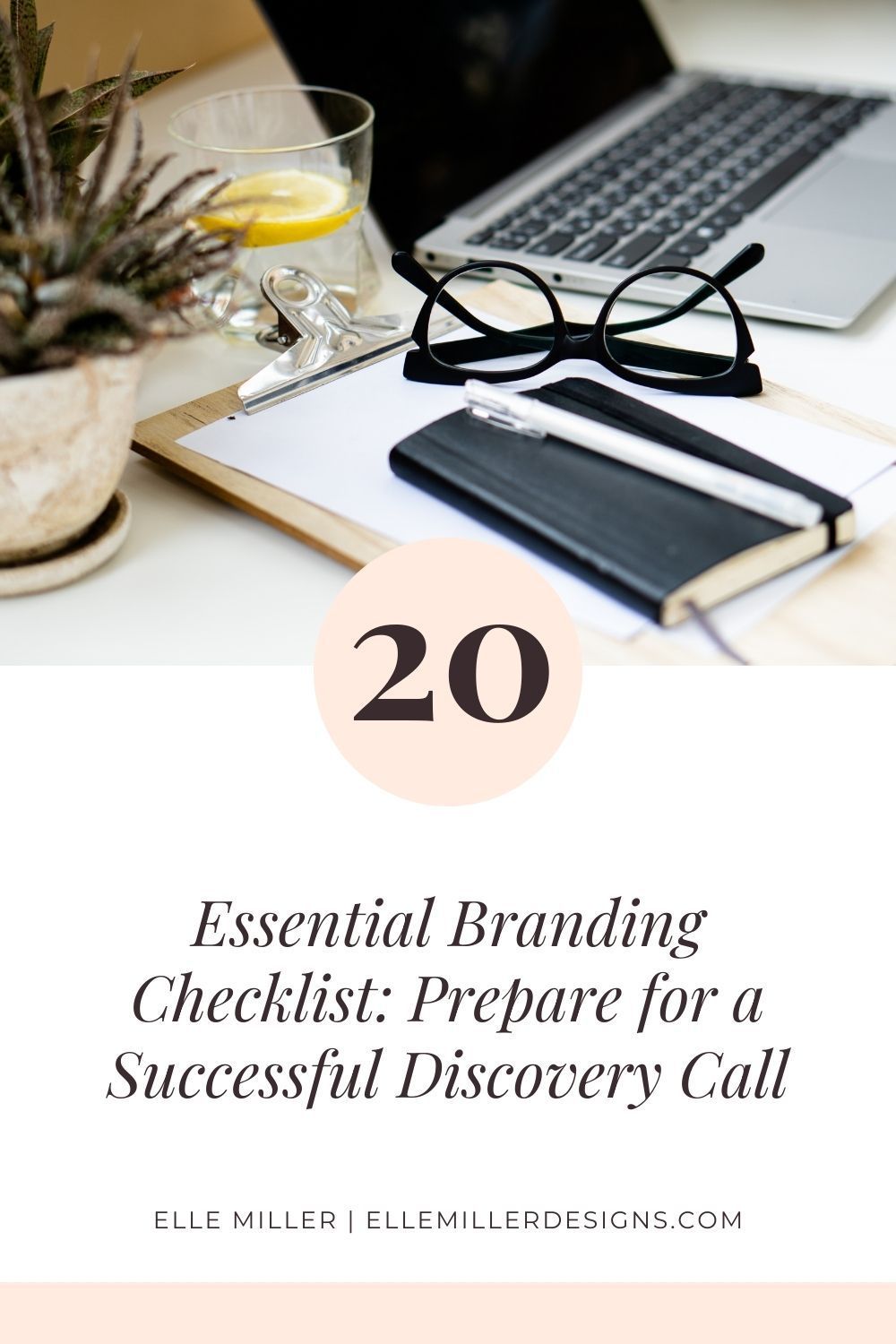10 Self Care Ideas for Busy Women in Business
This is a subtitle for your new post
Running a business can be deeply rewarding—but it’s also demanding. When your calendar is packed with client calls, deadlines, and to-dos, it’s easy to push your own needs to the bottom of the list. But burnout doesn’t serve you, your clients, or your business.
Self-care isn’t indulgent—it’s essential. Here are ten realistic and grounding ways to care for yourself, even when your schedule is full.
1. Start your day with intention
Before diving into emails or meetings, give yourself 10–15 minutes to check in. This might look like journaling, a short walk, or simply sipping your coffee in silence. A slow start can set the tone for a more centered day.
2. Protect a non-negotiable break
Whether it’s a proper lunch or a walk in the sun, block off time on your calendar that’s just for you. Don’t skip it. Treat it like an important meeting—because it is.
3. Simplify your digital space
Unfollow accounts that drain you. Turn off notifications that interrupt your focus. A clearer, quieter digital environment can help you feel more grounded and less reactive throughout the day.
4. Say no without guilt
Not every opportunity, invitation, or request deserves your energy. Practice saying “no” or “not right now” without overexplaining. Boundaries are a form of self-care.
5. Step outside daily
Even five minutes in fresh air can reset your nervous system. Bonus if you can get some sunlight in the morning or at midday—it’s good for your sleep cycle and your mood.
6. Drink water before coffee
It’s simple but effective. Rehydrating first thing in the morning can help you feel more awake, less foggy, and more energized—without reaching for that second cup too soon.
7. Create a calming wind-down ritual
Resist the temptation to end your day by scrolling in bed. Try a short stretch, a book, or quiet music instead. Signal to your brain that work is done and rest is the next priority.
8. Outsource one thing
You don’t have to do it all. Whether it’s hiring help with bookkeeping, delegating home tasks, or using grocery delivery—freeing up your time and mental space is worth it.
9. Celebrate small wins
You don’t need to wait for a big milestone to acknowledge your efforts. Keep a running list of daily or weekly wins and reflect on them. Progress is often quiet, but it counts.
10. Unplug one day a week
Choose a day—or even half a day—when you’re off email and social media. Use the time to rest, create, move your body, or just be. Your nervous system will thank you.
Self-care doesn’t always mean spa days or long vacations. It’s often in the small, consistent choices you make every day. Choose practices that support you, not just as a business owner—but as a human being.










